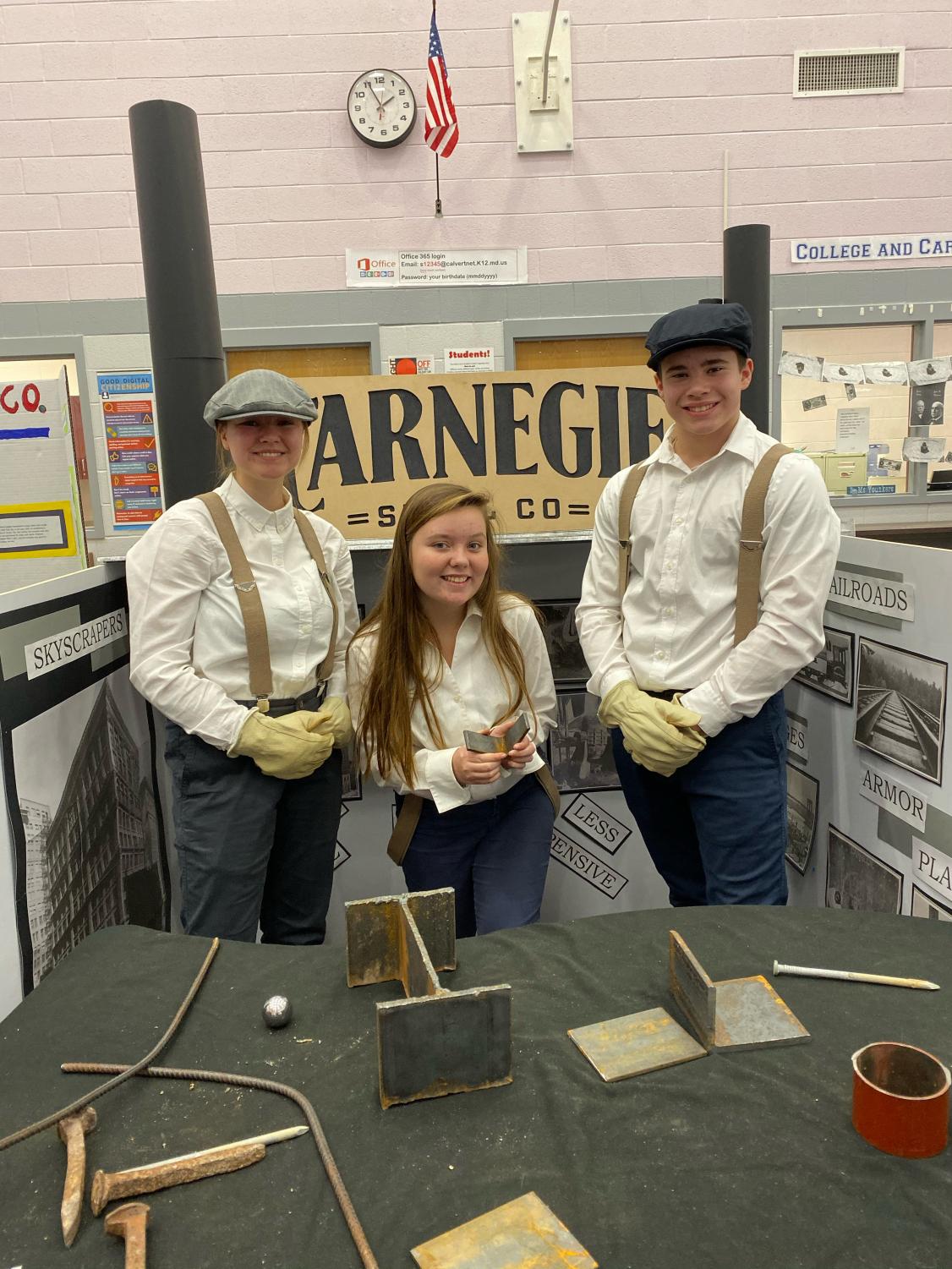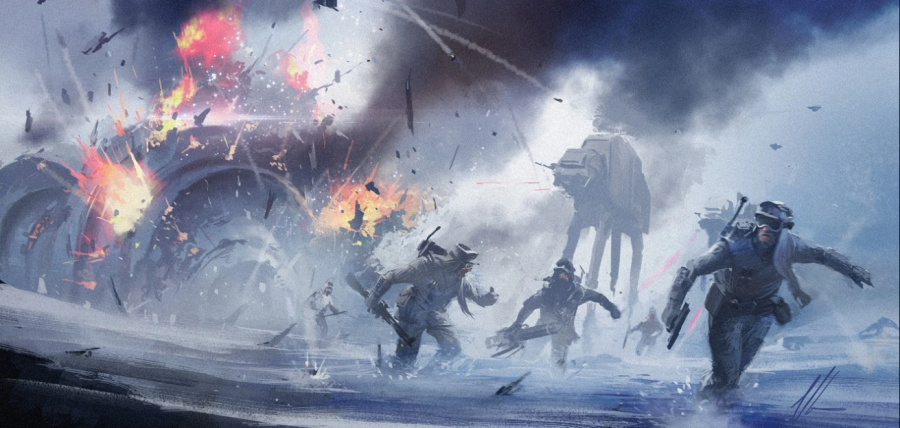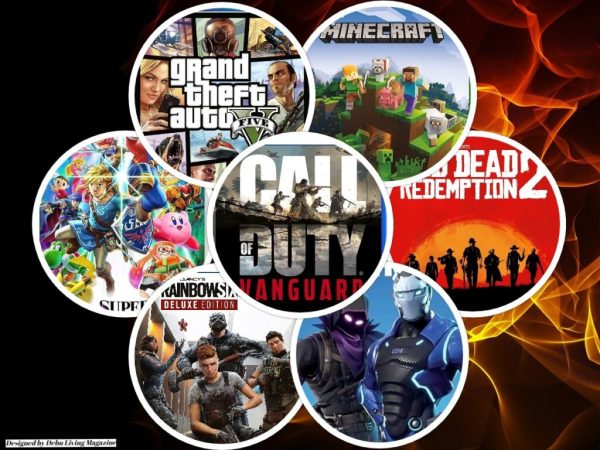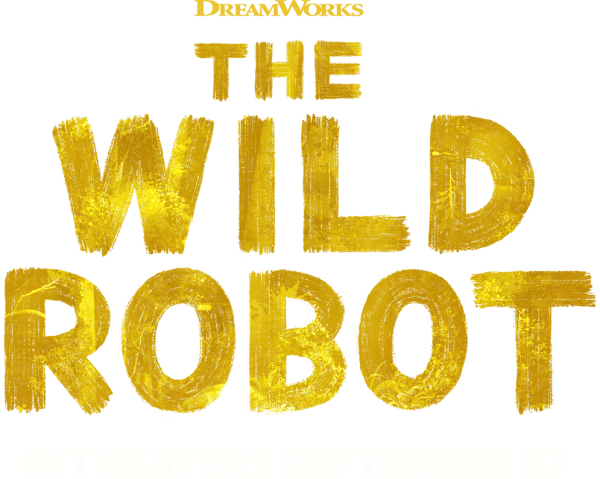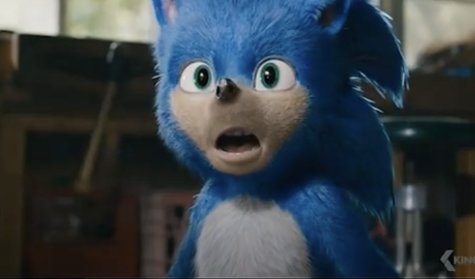The “Dark Side” of Star Wars
The lights begin to dim above you as you sit down in the theater and recline your chair. Savory popcorn and salty butter waft around the room. Silence grows as the last movie trailers fade to black on the big screen, and the only thing you can hear is the sound of your heart thumping in anticipation. Suddenly, the familiar sound of trumpets blare around you and the famous opening crawl glides across the screen. Soon, you’ve found yourself living a long time ago in a galaxy far, far away.
The experience of watching a Star Wars film in theaters is something that most fans, like myself, will never get tired of. Thousands of planets, species, battles, and mystical powers are what make the series one of the most iconic science fiction franchises to ever exist. From the surface, Star Wars is an epic space opera, but if you look deeper, the history of this alien galaxy is certainly not one to applaud. In this article, we’ll take a dive below the tip of the iceberg and discover the real “dark side” of the series.
Colonialism & Slavery:
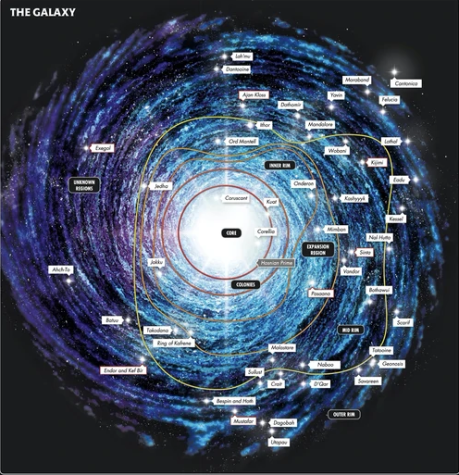
There are approximately 3.2 billion habitable planets within the vast galaxy of Star Wars.With that, a hierarchy of planets was established. The planets of the Star Wars galaxy all surround a giant black hole at the center. Planets that were found closest to this black hole are the richest, most powerful within the whole galaxy. These worlds are called “The Core Worlds.” The most famous core world is Coruscant, the capital of the entire galaxy. Most political decisions take place there, while the other levels of the galaxy are meant to conform. Sheev Palpatine, the Emperor of the Galactic Empire made it his mission to rule over the entire galaxy by any means necessary.
But to support such a gigantic and ever-growing empire you need resources, right? Palpatine realized this dilemma and sought rural alien worlds to exploit. The Wookiee home world of Kashyyyk was one of the unfortunate planets to become a solution to this issue. Kashyyyk is covered with a thick layer of wroshyr tree forests, making it a treasure trove of raw, natural materials.
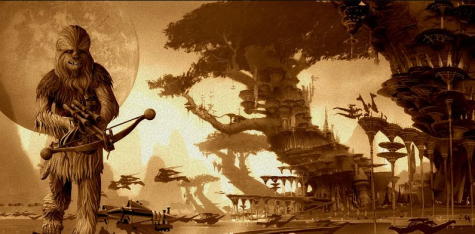
Nineteen years before the battle of Yavin, the Empire placed a blockade around the planet that prevented anyone from entering or leaving without proper authority. The newly found Empire invaded the planet, where they enslaved the Wookiee species. They forced them to cut down their forests to use as building materials and to cultivate crops to feed the Empire’s soldiers. Some Wookiees would even be shipped off the world to build the death star and become subjects for inhumane science experiments.
Racism:
Racism and speciesism are problems that have plagued the minds of trillions of people within the galaxy. Discrimination against certain alien species has been present for billions of years before the events of the first movie and was carried beyond the history shown on screen.

Favoritism of the human species was always present during the Star Wars timeline. During the Republic era, aka the prequels, loads of humans felt hatred towards alien species because they felt that they carried the most effort (and most losses) during the Clone Wars. Even well-loved characters such as Anakin Skywalker and Padmé Amidala despised certain species. In the Attack of the Clones, Anakin slaughters a tribe of Tusken Raiders in retaliation for his mother’s death. In a private conversation with Padmé, he admits his bias towards the Tusken’s firsthand: “I killed them. I killed them all. They’re dead. Every single one of them. And not just the men, but the women and the children too. They’re like animals, and I slaughtered them like animals! I hate them!” For Padmé, she despised the Neimodian species of the Trade Federation for invading her home world of Naboo.
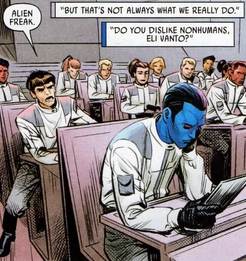
The idea that humans were the superior race continued through the rise of the Galactic Empire. As a matter of fact, Emperor Palpatine actually encouraged this ideology.
The core government, military ranks, and imperial officials widely consisted of humans. It was extremely rare for an alien individual to hold a position of power in the government.
Genocide:
It’s no surprise that there’s an immense amount of death in Star Wars. I mean, the title of the franchise gives the gist of the whole series: wars that happened in space. What the title doesn’t allude to, however, are the crimes that these wars produced. Genocide for one, is an action that countless species had to endure. Most notably, the Geonosian species on the desert planet Geonosis.
Geonosis is a rocky desert planet located in the outer rim of the galaxy. It’s home to the Geonosians, an insect-like alien species who were allies with the Separatists during the Clone Wars and the Galactic Empire thereafter. During the Clone Wars, Geonosis was used as a crucial operations center for the Separatists. The droid army was manufactured in its many factories on the planet. Two invasions occurred during the Clone Wars. The first was when Obi-Wan Kenobi, Anakin Skywalker, and Padmé Amidala were captured and were in need of rescuing, and the 2nd when the Republic took the offensive and instituted a massive march to destroy the main droid factory, at which they succeeded.
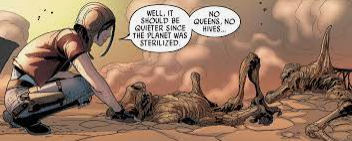
It was not the Republic that killed off the Geonosians, rather, it was the Empire. 14 years before the battle of Yavin, the Empire began to build the Death Star at Geonosis, where the local Geonosians slaved away into creating it. While under its construction, the Death Star was the most top-secret project within the Empire. Five years later, rebel insurgent Saw Gerrera (who you might recognize from Rogue One: A Star Wars Story or the new Andorseries) came extremely close to discovering it.
To protect their weapon, the Empire moved the construction location to the planet Scariff.
As a security protocol, the Empire decided to leave no witnesses behind, so they deployed poison canisters to “sterilize” the planet as they call it. These horrendous acts by the Empire killed all but one Geonosian, leaving a whole civilization and culture to be forgotten.
What We Can Learn:
Although our lives aren’t filled with the almighty Force, alien planets, or galactic space travel, the vast history and plot of Star Wars is more comparable to reality than we’d like to imagine. Racism and discrimination are still very much alive in our society. For some, “speciesism” is not a fantasy, it is a truth. Slavery, although abolished in the U.S., still has wounds that cut deep in America’s history. Genocides such as the Holocaust and the Armenian Genocide stillare a harsh reminder of how much pain and suffering hate can cause to a community. Colonialism still harshly affects countries and cultures. What we need to understand and take away is that all these problems are not just conflicts in the plot of a story, but they are real and detrimental to the growth of humankind. We must take what we know from history and learn from those who failed to be peaceful. If not, we are doomed to repeat the same mistakes.
Elizabeth Polo is currently a senior at Huntingtown High School and has been a writer for The Forecast since her Freshman year. She plays field hockey...
